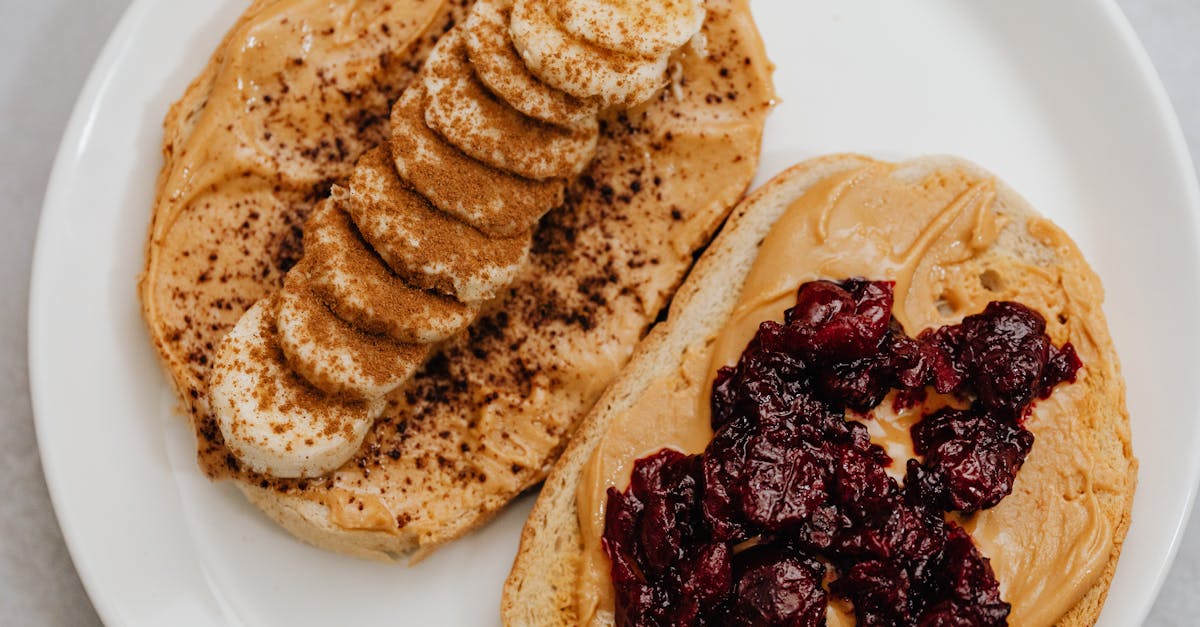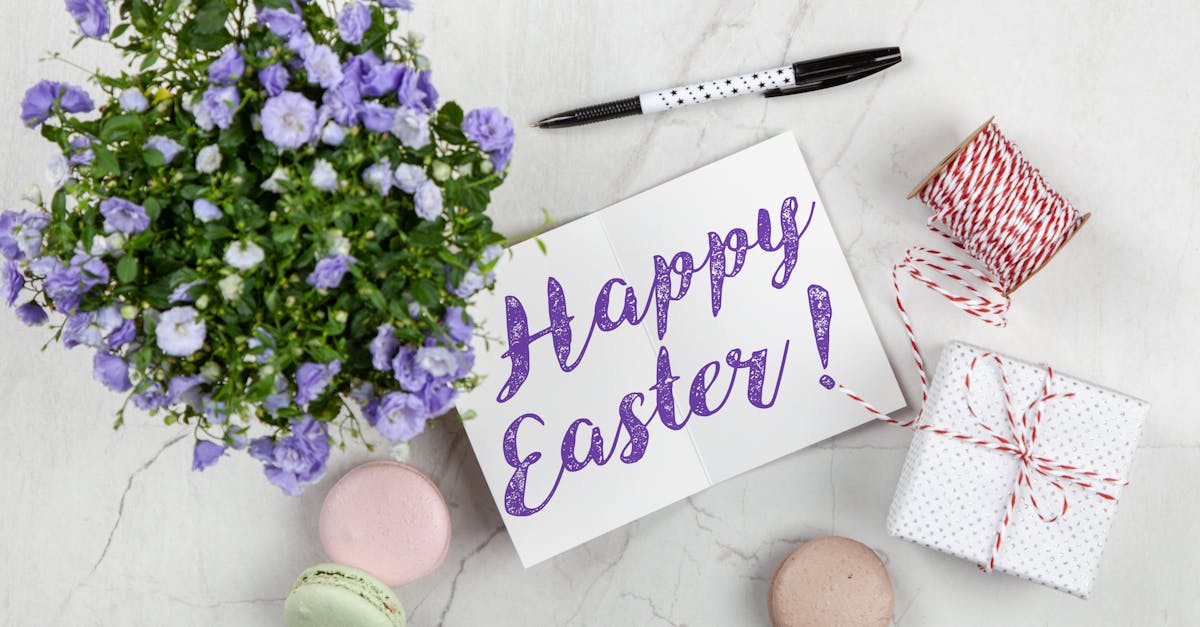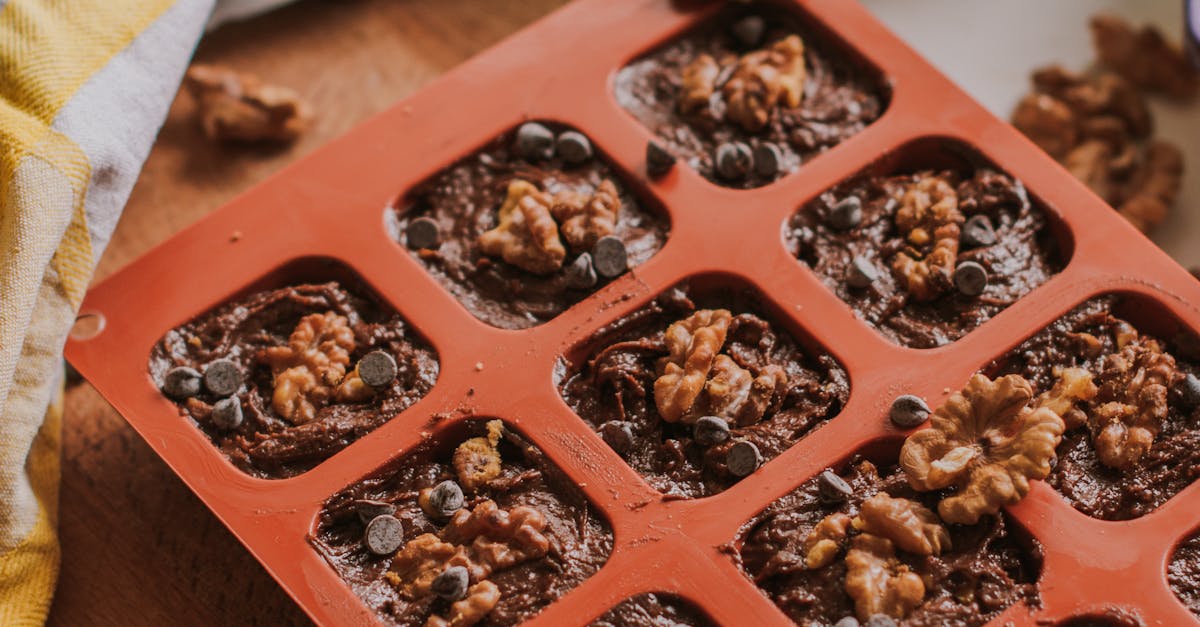Let’s be honest, the name “Garbage Bread” sounds… questionable. It conjures up images of stale bread and questionable leftovers, not exactly a culinary masterpiece. But hold onto your hats, because this internet sensation is anything but garbage. In fact, it’s surprisingly delicious! This seemingly random assortment of ingredients – think creamy cheese, crispy bacon, tangy pickles, and maybe some juicy tomatoes – somehow manages to create a flavor explosion that will leave you craving more. We’re diving deep into the world of this viral sensation, exploring its humble beginnings, its surprisingly addictive nature, and of course, the many delicious ways you can customize it. Get ready to embrace the delicious chaos!
Key Insights: Understanding the Garbage Bread Phenomenon
- Garbage bread is a surprisingly delicious and easy-to-make recipe that’s taken the internet by storm.
- The recipe is incredibly adaptable, allowing for endless variations and customizations to suit individual tastes.
- The seemingly random combination of ingredients creates a satisfying blend of textures and flavors.
- Social media, particularly TikTok, played a major role in the recipe’s viral popularity.
- Despite its unconventional name, garbage bread offers a fun, unpretentious approach to cooking, highlighting the joy of culinary improvisation.
1. What in the World is Garbage Bread?
So, what exactly is garbage bread? The name itself might make you wrinkle your nose, but trust us, this isn’t your grandma’s leftover sandwich. It’s a gloriously messy, unbelievably tasty concoction that’s taken the internet by storm. Think of it as a ridiculously delicious open-faced sandwich, or perhaps a more sophisticated grilled cheese gone wild. The “garbage” part? That’s purely for dramatic effect. It’s all about the unexpected combination of flavors and textures that somehow magically work together. We’re talking creamy cheese, crispy bacon, crunchy pickles, juicy tomatoes – the list goes on, and the possibilities are endless! It’s the ultimate comfort food, a guilty pleasure that’s surprisingly easy to make and even easier to devour. Forget elegant plating; this is all about embracing the delicious chaos. This is a recipe born from simple ingredients, elevated by the unexpected joy of combining them. It’s a celebration of culinary improvisation, proving that sometimes, the best things in life are a little messy and wonderfully unpredictable. Get ready to ditch the preconceptions and dive into the delightful world of garbage bread.
The Humble Beginnings of Garbage Bread
Pinpointing the exact origin of garbage bread is like trying to catch a greased piglet – tricky! While no single creator has stepped forward to claim the title of “Garbage Bread Inventor,” its rise to fame is a classic example of internet-fueled culinary evolution. It likely started as a simple, personalized recipe shared amongst friends and family, perhaps evolving from a late-night snack or a creative way to use up leftover ingredients. The magic happened when someone, somewhere, bravely decided to share their creation online – likely on TikTok or Instagram. This seemingly random collection of ingredients, thrown together with joyous abandon, resonated with a hungry audience. The name itself, while unconventional, was probably part of its appeal; it’s humorous, self-deprecating, and perfectly encapsulates the delicious messiness of the dish.
From there, the recipe exploded. Social media’s viral algorithm worked its magic, spreading the joy (and the recipe) far and wide. People started recreating it, adding their own personal twists and variations. Suddenly, seemingly ordinary ingredients were transformed into something extraordinary, a testament to the power of creative cooking and the shared joy of food.
The internet’s insatiable appetite for quick, easy, and visually appealing recipes helped propel garbage bread into the culinary stratosphere. It perfectly captures the zeitgeist of online food culture: a celebration of improvisation, personalization, and deliciousness, regardless of whether it’s technically ‘gourmet’ or not. It’s a reminder that sometimes, the best recipes are born not in professional kitchens, but in the chaotic creativity of home cooks and the sharing power of social media.
Why ‘Garbage’? The Name Explained
Let’s face it, “Garbage Bread” isn’t exactly the most appetizing name for a culinary creation. It sounds, well, a bit rubbish! But that’s precisely why it works. The name itself is part of the dish’s charm, a tongue-in-cheek nod to its seemingly random collection of ingredients. It’s a playful contradiction: a delicious dish with a deliberately off-putting name. This unexpected juxtaposition is part of its appeal, drawing people in with its ironic humor.
The name likely reflects the dish’s improvisational nature. It’s a recipe that embraces leftovers, utilizes pantry staples, and celebrates culinary experimentation. It suggests a dish made from whatever ingredients happen to be available, tossed together with a carefree attitude. The “garbage” moniker is a lighthearted acknowledgment of the dish’s lack of pretension – it’s not trying to be fancy; it’s just aiming for pure, unadulterated deliciousness.
Ultimately, the name’s success lies in its relatability. We’ve all been there – staring into the fridge, searching for inspiration, and ending up with a haphazard concoction of leftover ingredients. Garbage bread embodies that experience, validating the messy, spontaneous side of cooking. It’s a comforting reminder that sometimes, the most satisfying meals are the ones that aren’t overly planned or perfectly presented. The name, therefore, isn’t a reflection of the food’s quality but rather a testament to its unpretentious and delightful nature.
2. The Basic Garbage Bread Recipe: Easy as Pie (or Bread!)
Okay, let’s get cooking! Making garbage bread is ridiculously simple, even easier than assembling a basic sandwich. The beauty of this recipe lies in its flexibility; there’s no one right way to do it. Feel free to adapt it to your taste and what you have on hand. The basic formula involves toasted bread (your favorite kind will do!), a generous layer of creamy cheese (think cream cheese, ricotta, or even a good spreadable cheese), and then the fun part: your choice of toppings!
For a classic garbage bread experience, start with crispy bacon, tangy dill pickles, and juicy tomato slices. But don’t be afraid to experiment! Other popular additions include caramelized onions, sauteed mushrooms, leftover roasted vegetables, or even some spicy jalapeños for a kick. The key is to create a balance of flavors and textures – creamy, crunchy, savory, and maybe a little bit tangy. Once you’ve piled on your chosen toppings, pop the whole thing under the broiler for a few minutes to melt the cheese and toast the bread to perfection. Watch out for any cheese explosions!
The final step is arguably the most crucial: dig in! This isn’t a delicate dish; it’s meant to be enjoyed with gusto. Grab a fork, or even just use your hands – there’s no shame in getting a little messy. After all, that’s part of the garbage bread experience. The only rule is to have fun and create something delicious that tastes uniquely you. So, gather your ingredients, unleash your inner culinary artist, and get ready to make some seriously delicious garbage bread.
Ingredients: Keeping it Simple
The beauty of garbage bread lies in its simplicity – you probably already have most of the ingredients lurking in your fridge and pantry! Forget fancy ingredients and complicated techniques; this is all about embracing the everyday. The foundation of any good garbage bread is, of course, bread. Any kind will do – sourdough, whole wheat, white bread – whatever you fancy! Next up, you’ll need a creamy cheese base. Cream cheese is a classic choice, but ricotta, mascarpone, or even a good quality spreadable cheese will work wonderfully.
Now for the fun part: the toppings! This is where you can really get creative and personalize your garbage bread. The usual suspects include crispy bacon (pre-cooked is easiest!), dill pickles (the briny tang is essential), and juicy tomato slices. Beyond the classics, consider adding caramelized onions for sweetness, sautéed mushrooms for earthiness, or leftover roasted vegetables for a boost of flavor. Spicy jalapeños or a sprinkle of chili flakes can add a fiery kick, while a sprinkle of fresh herbs can brighten up the whole thing.
Essentially, garbage bread is a blank canvas for your culinary imagination. Don’t be afraid to experiment! Use whatever you have on hand – leftover meats, cheeses, or vegetables can all contribute to the delicious chaos. The key is to have fun and create a combination that pleases your palate. So raid your fridge, check your pantry, and get ready to create your own unique, delicious masterpiece. Remember, there’s no such thing as ‘too much’ when it comes to garbage bread!
Step-by-Step Instructions: From Loaf to Landfill…of Deliciousness
Let’s get this bread (literally!)! First, toast your bread slices to a nice golden brown. This adds a lovely crunch and prevents your masterpiece from becoming soggy. While your bread is toasting, prepare your toppings. If using bacon, ensure it’s cooked and crumbled. Slice your tomatoes and pickles. Caramelize your onions if you’re feeling fancy (or if you have some leftover from another meal!). Once your bread is ready, spread a generous layer of your chosen creamy cheese evenly across each slice. Don’t be shy!
Now comes the fun part: layering your toppings. Think about creating a delicious balance of textures and flavors. Start with a base layer of your creamy cheese, followed by the heartier ingredients like bacon or roasted vegetables. Then add your pickles and tomatoes, creating a vibrant, colorful arrangement. Don’t be afraid to get creative! Overlapping slices and slightly uneven distribution only add to the charming, rustic aesthetic. If using extra ingredients like mushrooms or sauteed onions, layer them next.
Finally, pop your garbage bread creations under a broiler for 2-3 minutes, or until the cheese is beautifully melted and bubbly. Watch it carefully to prevent burning! Once the cheese is gooey and golden, remove from the oven and let cool slightly before diving in. Grab your cutlery (or your hands!), and enjoy the delicious chaos! This is a dish best savored immediately, but leftovers can be reheated gently in a toaster oven or skillet.
3. Beyond the Basics: Creative Garbage Bread Variations
The beauty of garbage bread is its adaptability. Once you’ve mastered the basic recipe, the possibilities are truly endless! Don’t be afraid to experiment with different flavor combinations and ingredient swaps to create your own signature garbage bread masterpiece. Want something spicy? Try adding a dash of your favorite hot sauce, some sriracha mayo, or even a sprinkle of chili flakes. For a smoky kick, consider incorporating some crumbled chorizo or sliced jalapeños. The combination of spicy and creamy is surprisingly addictive!
Feel like venturing beyond the classic toppings? Get creative with your vegetables! Roasted red peppers, caramelized onions, sautéed mushrooms, or even some wilted spinach can add layers of flavor and texture. Leftover grilled chicken or steak can also elevate your garbage bread to new heights. For a vegetarian option, use sauteed mushrooms and roasted vegetables, or experiment with grilled halloumi cheese for a salty, satisfying twist. Don’t forget about the cheese! Different cheeses will completely transform the flavor profile – try using a sharp cheddar, a creamy brie, or even a funky blue cheese for a bolder taste experience.
Ultimately, the best garbage bread is the one that reflects your personal taste. Don’t be afraid to experiment with different combinations of flavors and textures until you find your perfect blend. This is your chance to unleash your inner culinary artist and create a garbage bread masterpiece that’s uniquely your own. Have fun, get creative, and most importantly, enjoy the delicious results! Remember to document your experiments and share your creations with the world!
Spicy Garbage Bread: Adding a Kick
Ready to turn up the heat? Elevating your garbage bread from delicious to downright fiery is surprisingly easy. The beauty of this recipe is its adaptability, allowing you to tailor the spice level perfectly to your preferences. A simple sprinkle of red pepper flakes adds a subtle warmth, while a dollop of spicy mayo brings a creamy, fiery kick. For those who truly appreciate a good burn, a drizzle of your favorite hot sauce is the way to go! Experiment and find the perfect level of heat for your taste buds.
For a subtle kick, start by adding a pinch of red pepper flakes to your cheese mixture before spreading it on the bread. This method gently infuses the spice throughout the dish, creating a pleasant warmth that complements the other flavors. Alternatively, you could sprinkle the flakes directly onto the toppings for a more concentrated burst of heat. For a creamier, spicier element, consider incorporating spicy mayo. A few dollops added to the cheese layer or drizzled over the finished product deliver a delightful combination of creaminess and fire.
For those who love a serious heat, a drizzle of your favorite hot sauce is the ultimate way to unleash the spicy potential of your garbage bread. Whether you prefer the vinegary tang of Tabasco, the smoky heat of chipotle, or the fruity burn of gochujang, a generous drizzle will transform your creation into a fiery feast. Remember to start with a small amount and gradually increase the heat to your liking. The best part? You can always adjust the spice level to your liking, making every bite a personalized adventure in heat and flavor!
Vegetarian/Vegan Garbage Bread Adaptations
Making garbage bread vegetarian is a simple swap; just omit the bacon! The creamy cheese, pickles, and tomatoes provide a fantastic base that’s already completely vegetarian. You can amp up the veggie content with additional toppings like sauteed mushrooms, roasted peppers, caramelized onions, or spinach. Get creative with your vegetable choices – the more variety, the more interesting the flavor profile becomes. Consider adding some grilled halloumi cheese for a salty, satisfying twist, or explore different types of vegetarian sausages or patties for a heartier addition.
4. The Science Behind the Deliciousness
So, what makes garbage bread so darn delicious? It’s not just about the individual ingredients; it’s the magic of their interaction. The combination of textures is key – the crispy bacon, the crunchy pickles, the soft, chewy bread, and the creamy cheese create a symphony of sensations in your mouth. This textural variety keeps things interesting and prevents the dish from becoming monotonous, making each bite a new experience.
The Perfect Bread-to-Topping Ratio
Finding the perfect balance in your garbage bread is key to achieving maximum deliciousness. It’s all about getting the right ratio of bread to toppings to avoid a soggy mess or a dry, underwhelming experience. Too much bread, and your toppings get lost; too many toppings, and you risk a landslide of deliciousness that’s difficult to manage.
Why This Combination Works So Well
The magic of garbage bread lies in the unexpected harmony of its seemingly disparate ingredients. It’s a beautiful example of how contrasting flavors and textures can complement each other, creating a more satisfying experience than you might expect. The creamy cheese provides a rich, comforting base, acting as a delicious glue that binds the other elements together.
5. Garbage Bread: A Social Media Sensation
Garbage bread’s meteoric rise to fame is a testament to the power of social media in shaping food trends. Its viral spread across platforms like TikTok and Instagram showcases how a simple, relatable recipe can capture the hearts (and stomachs) of millions. The visually appealing nature of the dish – all that melted cheese and colorful toppings – certainly contributed to its rapid dissemination. People love to share aesthetically pleasing food, and garbage bread delivers on that front.
TikTok’s Influence: The Viral Factor
TikTok’s short-form video format and emphasis on visual appeal proved to be the perfect breeding ground for garbage bread’s viral explosion. The ease with which users could film themselves making and enjoying the dish, combined with the satisfying visuals of melted cheese and vibrant toppings, made it incredibly shareable. The catchy name also played a role, making it easily searchable and memorable amidst the endless scroll of TikTok content.
Garbage Bread and the Food Trend Cycle
Garbage bread perfectly encapsulates several current culinary trends: the emphasis on easy, accessible recipes, the celebration of improvisation and personalization in cooking, and the ongoing fascination with comfort food. Its viral success reflects a broader shift towards casual, home-cooked meals, driven partly by the pandemic and a renewed focus on simple pleasures.
6. Serving Suggestions and Tips for Success
While garbage bread isn’t exactly known for its elegant presentation, there are still ways to enhance the overall experience. Think about serving it on a rustic wooden board or a colorful platter to elevate the visual appeal. A simple side salad can add a refreshing contrast to the richness of the bread, while some crispy fries or potato wedges provide a fun, crunchy accompaniment.
Side Dishes to Complement Your Creation
The beauty of garbage bread is its versatility – it pairs well with a surprisingly wide array of side dishes. A simple green salad provides a refreshing contrast to the richness of the bread and toppings. The crisp lettuce, juicy tomatoes, and tangy vinaigrette cut through the richness, cleansing the palate between bites of your cheesy creation. For a heartier option, consider serving it alongside some crispy fries or potato wedges. The salty, crunchy texture complements the soft bread and creamy cheese beautifully.
Storage and Leftovers
While garbage bread is best enjoyed fresh, leftovers can still be delicious! The key is proper storage and reheating to prevent a soggy mess. Allow your garbage bread to cool completely before storing it in an airtight container in the refrigerator. This will help prevent the bread from becoming soggy and maintain the crispness of the toppings. Aim to consume leftovers within 1-2 days for optimal taste and texture.
7. Frequently Asked Questions (FAQs) About Garbage Bread
We’ve compiled some of the most frequently asked questions about garbage bread to help you on your culinary journey. One common question is about bread alternatives – can you use different types of bread? Absolutely! Sourdough, whole wheat, or even a crusty baguette can all work wonderfully, just adjust your cooking time accordingly to achieve the perfect level of toastiness. Another concern is often around the nutritional value – is garbage bread healthy? Well, let’s be honest, it’s not exactly a health food. It’s a treat! However, you can easily make healthier choices by using whole-wheat bread, adding extra vegetables, and going easy on the bacon.
Can I use different types of bread?
Absolutely! The beauty of garbage bread is its adaptability. While a classic white bread provides a good base, feel free to experiment with different types of bread to find your perfect match. A hearty sourdough adds a tangy complexity, while whole wheat brings a nuttier flavor and a slightly chewier texture. If you’re feeling adventurous, try a crusty baguette – its airy interior and crisp crust offer a delightful contrast to the creamy cheese and crunchy toppings. Just remember to adjust your toasting time accordingly, as denser breads may require a bit longer under the broiler to achieve that perfect level of crispiness.
Is Garbage Bread Healthy?
Let’s be honest, garbage bread isn’t exactly a health food champion. With its creamy cheese, crispy bacon, and other indulgent toppings, it’s more of a delicious treat than a diet staple. However, there are ways to make it a bit healthier! Swapping out white bread for whole wheat instantly boosts the fiber content. Adding extra vegetables like spinach, roasted peppers, or mushrooms adds nutrients and creates a more balanced meal.



